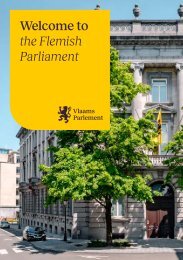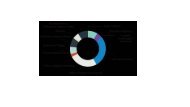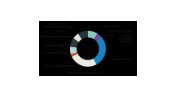VP_A5 brochure EN_V28012020_DRUK
Create successful ePaper yourself
Turn your PDF publications into a flip-book with our unique Google optimized e-Paper software.
The separation of powers
The modern democracies in our world
are still relatively young. While some
have been established for a few
hundred years, most have only been
in existence for a few dozen years.
Previously, most states were organised
in quite a simple way: the king or
emperor had all the powers. He enacted
the laws, ruled the country, claimed
taxes, was the supreme commander
of the army and was even responsible
for jurisdiction.
People were not citizens, they were
subjects. Fortunately, people gradually
came to understand that one man
simply cannot rule a country. This was
where democracy began.
A modern democracy is divided into
three powers which all counterbalance
each other:
> Parliament
= the legislative power
is the assembly of
representatives that
are elected by the
people. Parliament
establishes the rules
for everyone. In the
federal parliament
these rules are called
laws, in the federated
entities decrees and
in the Brussels Capital
Region Ordinances.
Every year parliament
also ratifies the budget
and controls the
government’s
activities.
> Government
= the executive power
implements the
ratified legislation and
governs the country
with the help of its
officials. The government
has a great deal
of power. And yet
this power also has
limits because the
government also has
to seek parliament’s
approval.
> Courts of law
= the judicial power
adjudicate independently
in disputes
and violations of the
law. They sentence
and punish where
necessary. Because
of their independence
of judgment, all
citizens have equal
rights.
3
VP_A5 brochure EN_2020_Intern 15012020.indd 3 28/01/2020 12:42:16


















